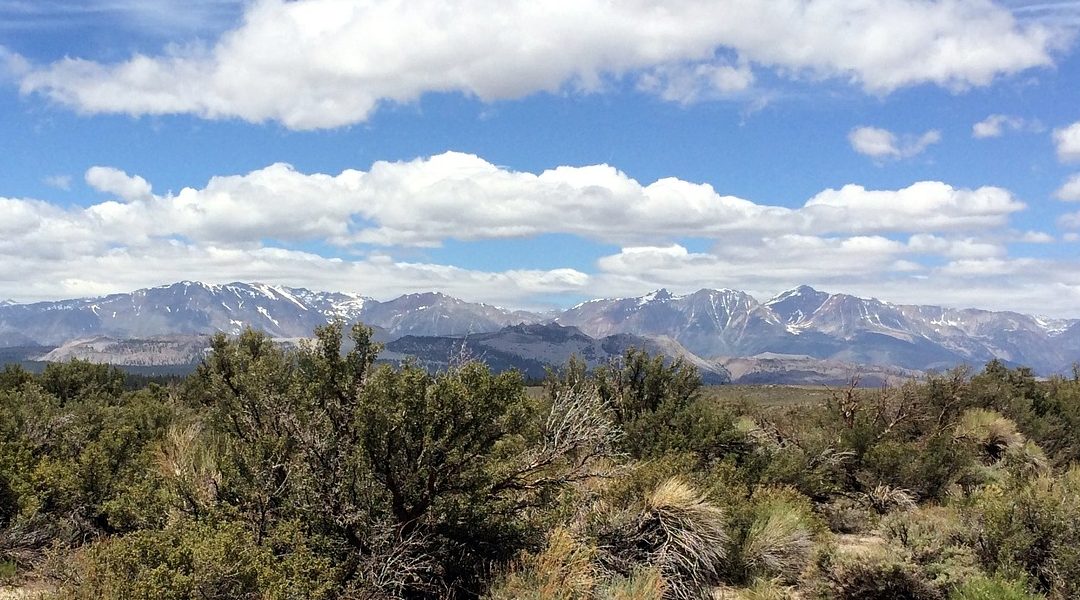Sierra Nevada forests are rooted deeply in porous weathered bedrock, to depths as much as 20 m below the land surface. Building on previous research, a review in WIREs Water indicates that soil often accounts for only a small fraction of plant-accessible subsurface water storage. In mountain ecosystems with a Mediterranean climate, and potentially other areas, a much larger volume of water is stored in the highly weathered bedrock, supporting ecosystems through both the summer dry season and multi-year droughts.
This research advances our understanding of the extent and availability of deep-subsurface water, and identifies key challenges remaining for predicting and managing resources in a changing climate. After accounting for precipitation and temperature, properties of weathered bedrock are the main determinants of the spatial distribution of vegetation species, the annual amount of water returned to the atmosphere from the ecosystem by plants, and the vulnerability of forest ecosystems and streamflow to multi-year droughts. These findings from the Sierra Nevada are relevant for mountain ecosystems, and other semi-arid regions worldwide.
Also presented are research priorities on processes that control deep, subsoil water storage across different landscapes, with a primary focus on the range of climate and bedrock types found in Mediterranean regions. By building a greater understanding of the amount and plant accessibility of deeply stored water across climate and weathered-bedrock gradients, researchers can better determine critical-zone attributes and model critical-zone formation. This understanding could provide improved predictions of critical-zone responses to perturbations across hydrologic, ecological, and geologic timescales.
One primary recommendation for future research is to understand the implications of deep, plant-accessible, subsoil water storage in assessing the vulnerability of forests and streamflow to changes in climate and land use. This would provide a link between critical-zone science and resource management.
Kindly contributed by the authors.

















